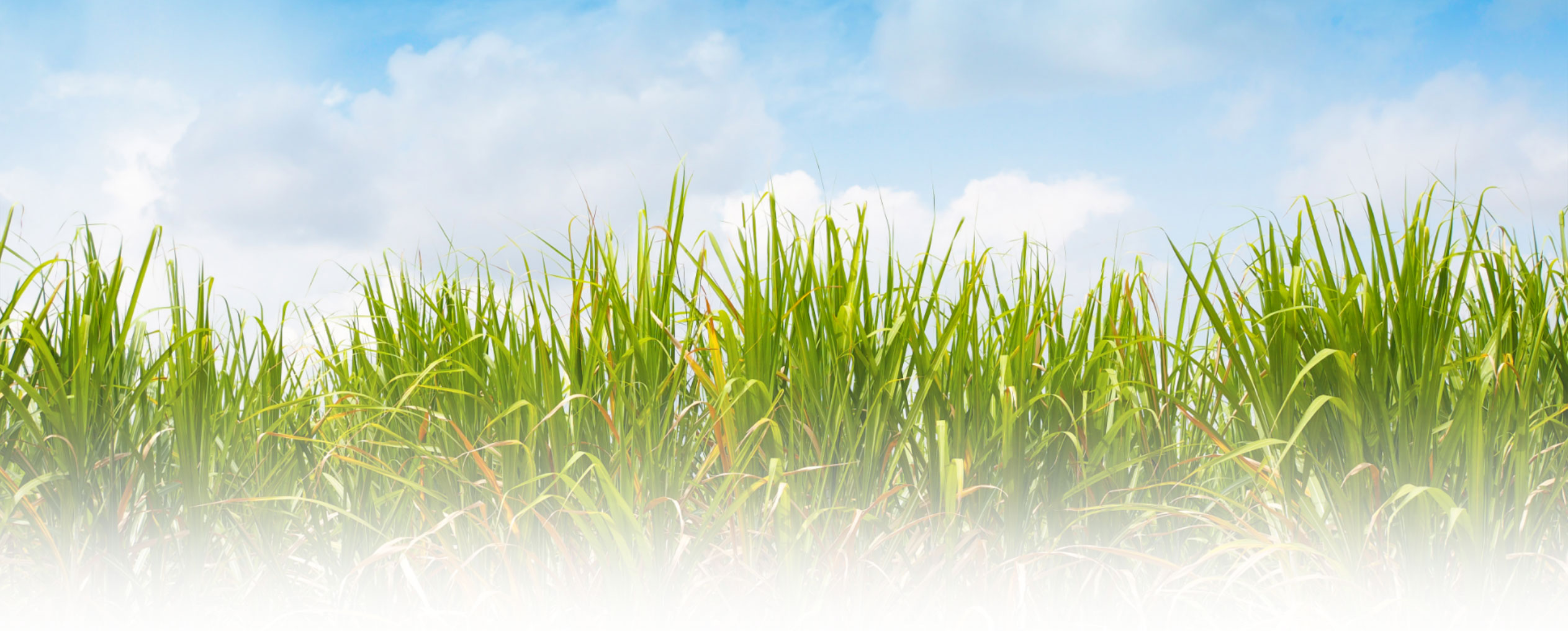Varietal Testing
KIAAR is a voluntary centre of All India Co-ordinated Research Project on Sugarcane (AICRP) involved in testing of new sugarcane varieties for cane yield, juice quality and reaction to pest and diseases and identification of superior clones for cultivation.
All India Coordinated Research Project trial on Sugarcane (2018-2019) Seventeen clones with 3 Standards (Co 86032, CoC 671 and CoSnk 05103) were tested for three Seasons, I Plant, II Plant and Ratoon. Pooled data analysis revealed significantly higher cane yield in Co 13002 and PI 13132 (113.34 and 113.12 t/ha) as compared to standard varieties CoC671 and CoSnk 05103 (87.33 and 78.34 t/ha), but on par with Co 86032. Significantly higher sucrose % was recorded in Co 13020 variety (20.55 %) as compared to standard variety Co 86032 and CoSNK 05103 (19.52 and 19.11 %).
Varietal performance trial (Feeler Trial) in plant and ratoon crop of sugarcane Performance of eight different varieties namely CoVC 14061, Co 0238, MS 10001, SNK 09211, SNK 9293, SNK 08789, SNK 09227, MS 13081 with two standards, Co 86032 and CoC 671 was tested. None of the varieties perform significantly superior as compared to standard check, Co86032 for number of internodes, number of millable canes, cane yield, brix, pol and purity in both plant and ratoon crop.
Best Management Practices
Best Management Practice (BMPs) are tools that farmers can use to conserve the soil properly manage the crop residues and protect water and air quality on their farms. These tools help in reducing operating costs. A variety of BMPs exist, including practices such as cover
Intercropping studies in pre seasonal and seasonal sugarcane Pooled data analysis of intercropping studies in pre seasonal sugarcane in both plant and ratoon crop revealed significantly higher cane yield (168.65 t/ha) in 1.2 m x 0.5 m spacing as compared to 1.8 m x 0.5 m and 2.4 m x 0.5 m spacings (118.60 and 98.27 t/ha). No significant difference was observed in yield of intercrops.
Pooled data analysis of intercropping studies in seasonal sugarcane in both plant and ratoon indicated significantly higher cane yield (111.19 t/ha) in 1.2 m x 0.5 m spacing as compared to 1.8 m x 0.5 m and 2.4 m x 0.5 m spacings (83.76 and 55.40 t/ha). Onion intercropped with sugarcane recorded significantly higher cane yield (92.38 t/ha) as compared to Check (73.12 t/ha).
Studies on fertigation interval in pre seasonal and seasonal sugarcane Pre seasonal sugarcane rrecorded significantly higher cane yield (134.45 t/ha) at 12 days fertigation interval. In seasonal sugarcane significantly higher cane yield of 88.30 t/ha was recorded in at 4 days interval (82.01 t/ha).
Testing the effect of Bountigel – P and Irrigation levels There was no significant difference in cane yield between Bountigel-P application (96.27 and 96.41 t/ha) and control plot (95.62, 96.73 t/ha), in plant crop and ratoon crop, respectively.
Effect of Potassium Salt of Active Phosphorus (PSAP) and Cropsil on sugarcane Experiment to test the effects of Potassium Salt of Active Phosphorus (PSAP) and Cropsil on the yield and quality of sugarcane was laid out in split plot design with three replications. Significantly higher number of tillers at 120 days after planting was observed in PSAP treated plots. However, PSAP did not influence any other growth, yield and quality parameters. Cropsil resulted in significantly higher cane yield and CCS yield as compared to PSAP applied treatment and control. However, Cropsil did not significantly influence the growth parameters such as number of tillers, number of millable canes, stalk length, stalk diameter, and quality parameters such as Pol % and CCS %.




